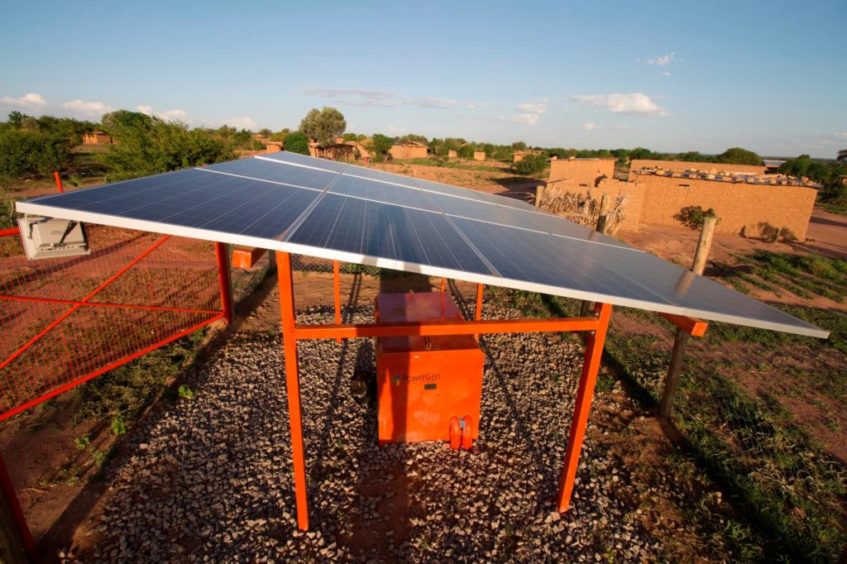
An open source financing model for mini-grids may help achieve aims of increasing access to power for those in Africa, CrossBoundary Energy Access (CBEA) believes.
The International Energy Agency (IEA) has predicted that in 2030, there will still be 600 million people in sub-Saharan Africa without power. Population growth will effectively halt progress in increasing electrification.
Mini-grids are the most cost effective way to tackle this problem, although they do not receive the financial support they need, CBEA argued in a white paper.
The CBEA approach calls for investors to accept mini-grids as infrastructure, as they require long-term, low cost capital to develop.
Lessons learned
“It’s about spreading the information we’ve learned,” CBEA’s Humphrey Wireko told Energy Voice. “We’re sharing core components of our project finance approach, gained from our experience on the ground.
“We believe financing is available as long as we look at these projects as infrastructure. Capital is available. If we can make these projects bankable, capital will be there.”
CBEA’s open-source approach is to accelerate progress, Wireko said.
The organisation launched in 2019 with the aim of using project financing for mini-grids. CBEA launched a pilot fund, raising $18 million, in order to demonstrate its concept. The facility invests in mini-grids, taking them off developers’ balance sheets.
“We know offering the open source white paper could create financing competition but the risk this poses isn’t as important. It’s outweighed by the goal of delivering affordable reliable energy by 2030,” Wireko said.
While there has been increased interest in mini-grids, this is not enough. CBEA reported that only $350mn in equity has been raised for the sector in the last eight years. The IEA has called for $187 billion for mini-grids to support universal energy access by 2030.
The investor has plans to continue expanding in the sector, with a scale-up fund of $150mn.
Structuring
CBEA has a three-part focus when investing in mini-grids: isolate, allocate and aggregate. This calls for the investor to directly own assets and revenues; allocate costs and risks to long-term contracts; and cluster mini-grids together to make up portfolios.
A mini-grid on its own is too small to attract typical financing, with capital expenditure of $100,000-500,000. By combining these together, plans become bankable.
Broadly speaking, the sector is moving in the right direction. Governments are taking steps to improve regulatory structures for the assets, Wireko said. Donors are also taking note. Private sector money is taking note, with a number of firms and funds interested.
“From our perspective, we focus on renewable mini-grids,” Wireko said, noting the appeal of solar and batteries. The white paper noted that while there is an appeal for diesel generation, to cover intermittency, this poses different problems.
There is a “significant risk” in oil prices over 10-15 years and donors are sometimes restricted from involvement in diesel generation. Long-term infrastructure investors may prefer to use “low cost capital to invest in more solar and batteries upfront”.
